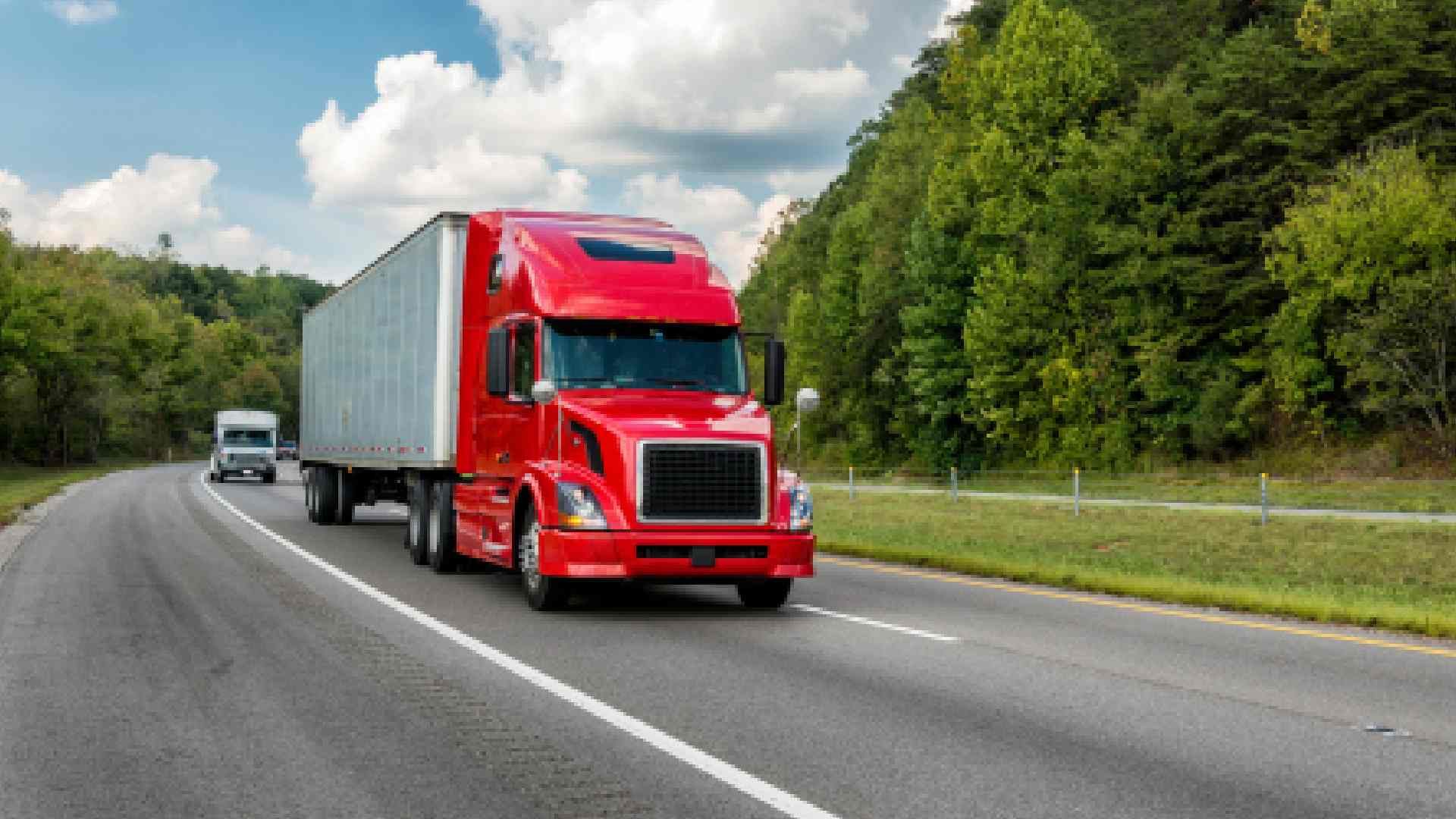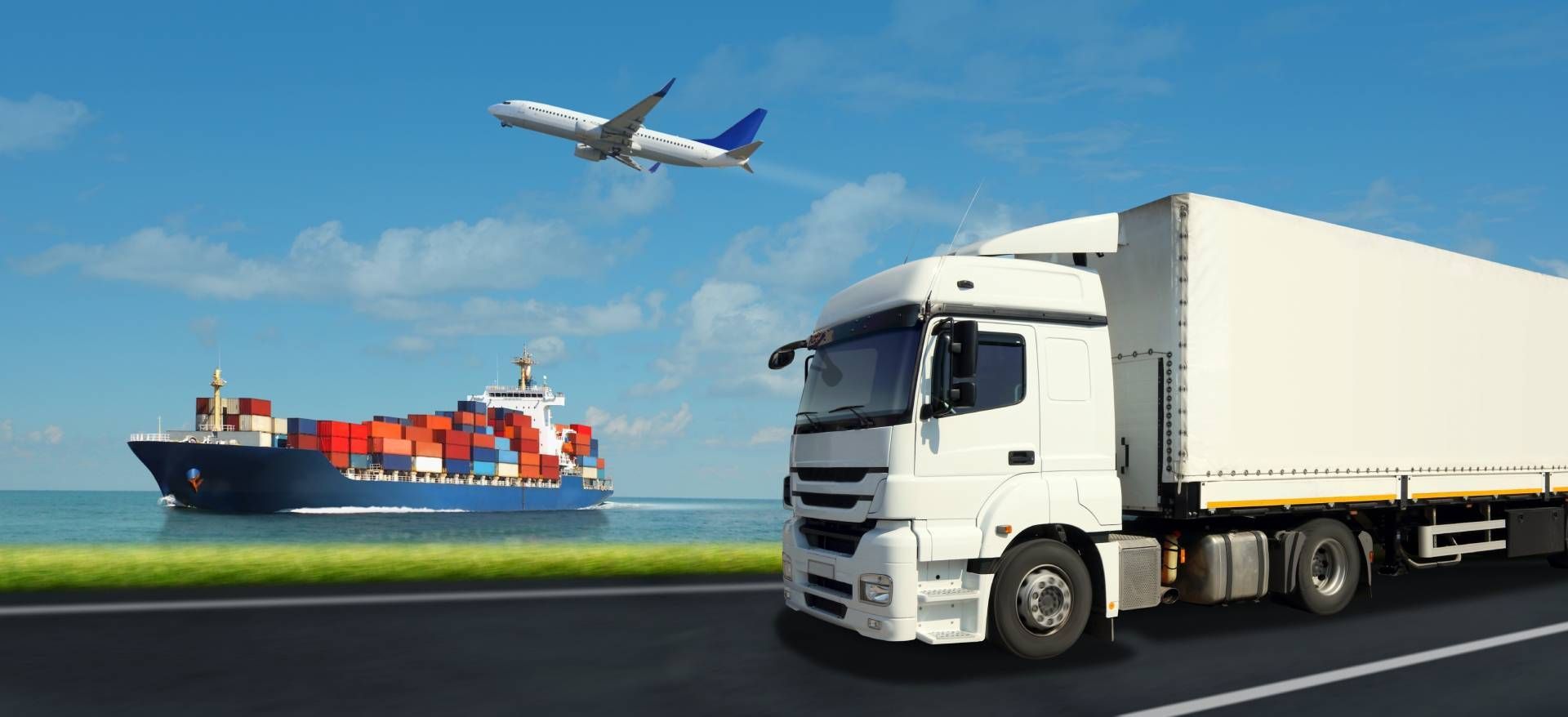What Is Turnover In Freight Shipping | C & S Transportation
The C & S Transportation team uses the terms “cargo turnover” and “fleet turnover” every day because both are integral to freight shipping operations.
But we’re not surprised that many of our clients may be unfamiliar with what each means. We’re on a mission to clear common terms up—like density and other concepts. We believe that being on the same page helps us optimize logistics and improve client profitability.
Cargo Turnover Meaning
Cargo turnover measures the volume of goods transported over a specific time period. This metric reflects how often a product leaves a warehouse or is sold. Turnover rates influence goods storage and purchasing strategies.
We calculate cargo turnover rates with these formulas:
- Goods handled (total) / average stock on hand = inventory turnover rate
- Revenue from stock / average capital tied up = capital turnover ratio
Say your business had a yearly revenue of $1,000,000 and an average fixed capital of $200,000 for 2024. That turnover rate is five; your stock sold five times that year and got replaced with new goods. Higher cargo turnover rates are better, since they generally indicate more productive transportation systems. .
Cargo: What is Turnover Influenced By?
Different operational factors affect cargo turnover:.
- Loading and unloading speeds directly impact how fast goods are processed.
- Transportation distances influence the total volume that can be moved within time constraints.
- Vehicle capacity utilization determines trip performance efficiency.
- Seasonal demand fluctuations create changing supply and demand conditions.
- Infrastructure quality plays a fundamental role in maintaining consistent movement patterns.
Fleet Turnover and Asset Utilization
Fleet turnover applies to using vehicles and other transportation assets, like forklifts or loading equipment.:
Next is the formula for calculating fleet turnover and asset utilization. You’ll need the total number of a fleet’s working vehicles, available billing hours, and actual billed hours. .
- Fleet utilization (%) = (Total hours billed / Total billing hours available) x 100.
For example, if your fleet billed 6,000 hours in a year but had 8,000 billing hours available (factoring in vehicle capacity and operational schedules), your fleet utilization rate would be 75%.:
A higher fleet utilization percentage means your transport system is more efficient and is actively generating revenue instead of sitting idle. If your utilization rate is too low, you may have excess capacity or inefficiencies in scheduling. Conversely, a rate near 100% could indicate overuse, risking maintenance delays or driver fatigue..
Fleets and Assets: What is Turnover Influenced By?
Factors that influence fleet turnover include:
- Scheduling precision and coordination between shipments.
- Maintenance management.
- Availability of multi-modal transportation.
- Driver assignment efficiency and route management.
- Backhaul opportunity identification.
- Technology integration for real-time decision making.
Our team knows that every hour a truck sits unused is a lost revenue opportunity. In the same way, vehicles running below capacity waste fuel and driver resources. At C & S Transportation, we help you to maximize fleet turnover complete more deliveries with fewer assets.
Turnover Meaning for Business Performance
Here are two truths we hold dear:
- Turnover rates significantly influence transportation costs and profitability.
- Superior turnover metrics indicate efficient resource allocation and utilization..
Higher turnover generally correlates with reduced cost per ton-mile and improved asset return on investment. That supports faster deliveries and happier customers. Fixed costs become distributed across more shipments, improving overall margins. Additionally, the environmental impact per unit transported decreases as systems operate more efficiently.
Want to Improve Your Shipping Turnover?
Don’t let inefficient transportation processes limit your business potential. C&S Transportation has the expertise, technology, and solutions you need for optimal turnover rates.
Contact us in Nicholasville, KY for coast-to-coast service.
C & S Transportation Optimizes Turnover Rates
C & S achieves turnover in practice, converting those metrics into custom solutions and tangible business results. Our team applies strategic planning and technology solutions to boost cargo and fleet turnover for clients.
For example, our advanced route optimization minimizes empty miles and maximizes payload utilization. We also leverage LTL consolidation strategies to combine partial shipments and improve load factors; our real-time tracking solutions provide visibility into asset location and status. Data analytics is another one of our core competencies.












